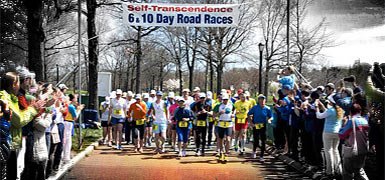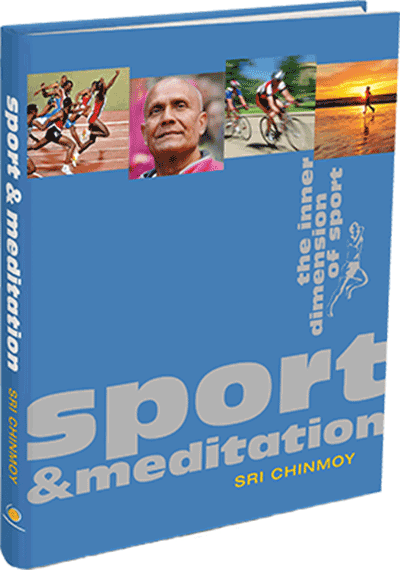Annabel Hepworth took part in this years 3,100 mile race, and became only the second Australian women to run beyond 2,000 Miles. She ran 2,185.9 Miles before having to withdraw with a foot issue.
We caught up with her for a chat at the race.
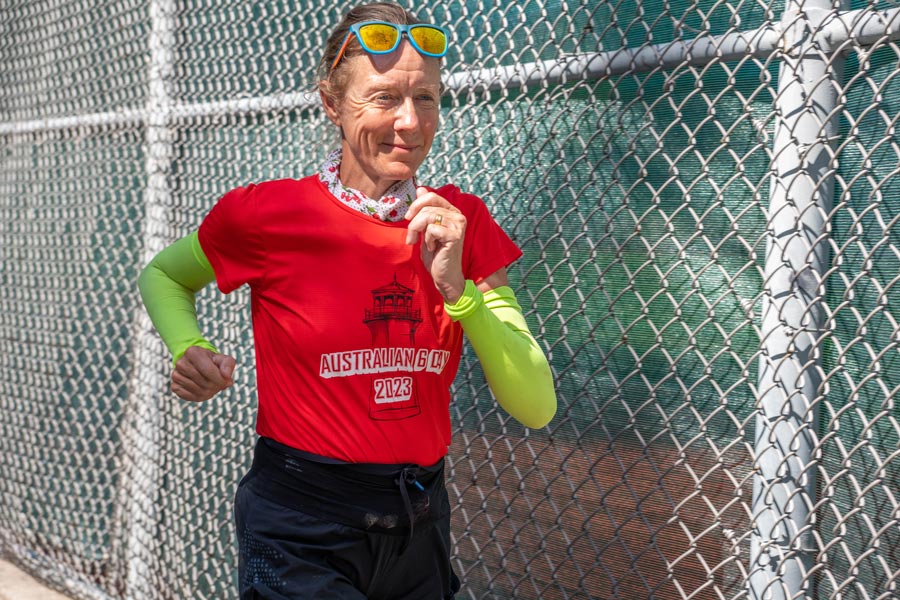
Tarit So, when did the 3100-mile race first come on your radar?
Annabel Gosh. That's a really interesting question.
I have known about it, probably since at least around the time that Sarah Barnett from Australia did it. I’ve run with Sarah in multi-day races in Australia, and my recollection is discussing it with her at the Adelaide Six Day around 2013. I remember hearing about it in great detail then. I also heard about it earlier than that. Around that same year, I met Kobi Oren, who had also run the race.
Sarah was again at the Greek Athens Ultra Festival. This race was organised at the decommissioned Airport and the Olympic facilities just outside Athens. I'd heard runners talk about it. I ran in Pretoria in the six days when Kobi was doing the thousand miles and starting to really ramp up his preparations seriously for the 3100. So I have been aware of the race for a while, and it’s been on my radar for quite a few years.
Tarit When you first heard about it, what were your first impressions of the idea of running 3,100 miles around a block? Totally Bonkers or totally inspiring?
Annabel Oh! Completely bonkers.
Tarit But the more you thought about it, the more it became. “I can do this.”
Annabel Yes. After some six and ten-day races, and especially after the Across the Years 10-day race, going from 2019 to 2020, I thought I could do something longer.
Tarit A seed was getting planted.
Annabel Yeah, it was. Then Covid put a halt to so many races.
Tarit Most people get to the point where you then get to step over that “impossible idea” line, and you think, "This is achievable. I can have a good crack at this "
Annabel I started thinking I was not getting younger. If it hadn’t been for Wen-ya having that performance last year, I think I probably would have been a little more concerned about taking on a race like this when I am past 50. Looking at what Wen-ya did and how she handled the whole race just shot the lights out. (Note. Wen Ya completed the 3,100-mile race in 2023 aged 52 and set a new women's race record.) I thought if someone can do that, who is just a couple of years into their 50s, then I don't need to assume that I am supposed to get past 50 and then start going downhill. It isn't necessarily so.
Tarit You decided you were going to run the race. How did you then go about preparing for it?
Annabel I did the 10-day race in April, in New York, in a similar build-up to Wen-ya.
As I said, she is only a couple of years older than me, and I thought whatever she did seemed a good strategy. It looked to me that she had run the Sri Chinmoy 10 days in April, almost at a pace she ran for the 3100. I did precisely the same thing.
Tarit Are you saying you did the same pacing in the 10-days, to replicate the 3,100 pacing?
Annabel Exactly that.
With the benefit of hindsight, I should have done more around preparing my feet. I thought I knew my feet, but after the last few weeks of being here, there's so much I have learned that I realise I didn't know, which has come as a real surprise to me.
Tarit You mentioned Kobe Oren and Sarah Barnett, who have both previously run the 3,100 race. Did you make a conscious effort to talk to other people who had run the race before?
Annabel I certainly did. I have had frequent conversations with Kobe about the race, and I chatted with Dipali quite a bit about her 6-day experiences.
She also gave me information on what Kaneenika had done before in the 3,100. I did try to get some information out of Ananda-Lahari and Ashpriharnal before the ten and six-day races in April. I also spoke with Yolanda, who finished the race before too. We both tend to run the “ Across the Years” multi-day races in Phoenix at Christmas. So I've had several continued conversations with anyone whose brains I can tap into about the race.
Tarit Fast Forward to race day. You’re here in New York, on the start line of the race at 6 am in the morning on August 30th. What is going through your head?
Annabel The rain! It was raining so hard, and I thought, "What if it's like this for the entire race? " I don't do well with cold. I don't actually like the rain. I remember going into the Port-a-loo in the first hour with this super thin jacket. It wasn't even a rain jacket. I told myself it was, but it was just this thin jacket, and it was completely wetted out. I was already cold, and I thought this is going to be a long two nights. In a way, you don't overthink it, right? You just sign up. You get there, and you start.
I did notice everyone else had umbrellas. The seasoned operators had umbrellas. I thought, "I'm a rookie, and I really don't know what I'm doing." It was so obvious that the experts had umbrellas, and I didn't. I didn't have a good plan either. It just evolved from the first day. I’d come off of a break at 2 pm and have a nap.
I thought I had done what other people were doing, and I was asking the others on the course, "How often do you break? How often do you sleep?". I was learning about the race as I went along.
Tarit So, on the first day, there's a big adrenaline rush, and everyone's doing stupid miles. Did that concern you at all?
Annabel No. Gradually, you got into a routine, and you settled down. Everyone does after two or three days. I would say I feel comfortable with a two-day front load in a six or ten-day race. When I did my 740 miles at Across the Years, I was at about 305km at the 48-hour mark and 420km at 72 hours. I’ve had experience of a not-impossibly aggressive front load in the first few days, but enough.
Like everyone, I felt I went out too fast for the first few days, but I knew I could get away with it, and it wouldn't be crippling.
Tarit You settled down into almost a 60-mile-a-day routine. It was very metronomic for two or three weeks. Some runners get off to a fine start, and some runners are a bit more erratic, as you've seen. If you are erratic, there can be a payoff.
Annabel I don't like the erratic ups and downs. I prefer to keep it dull to keep it really fun.
Tarit Days go by, and in the first two weeks, there were no real major dramas. In week three, no major dramas, and then, all of a sudden, you develop this foot issue.
Annabel I was developing this, and I thought, "Well. We are in the unknown now, and so stuff is bound to come up."
Tarit You're way beyond a thousand miles by this point.
Annabel Yes, and things are coming up that I hadn't anticipated. All this was new to me. I developed this blister under the ball of my foot, and my engo patches, which usually sort all my blister issues didn't work. By that point, it developed into a lateral blister below the ball of the foot. The blisters seemed to be healing but gradually, things developed into this deeper tissue area that the podiatrist I saw diagnosed as an "under the skin" ulcer. It made running so difficult and painful that the advice to pull out to prevent it from getting worse seemed absolutely right at the time.
Tarit Reflecting on the overall race. It's still early day and you're still processing a lot. What's your general feeling of what you've achieved? You've still run over 2,000 miles, which is no joke.
Annabel I'm still really delighted because the first two weeks were utter bliss. I was happy the entire time, really. I had a lot of moments of bliss in that second two weeks as well. It wasn't really until the blisters got to the point where I just felt I was in really uncommunicative territory, and I could not comprehend what the pain was. It was so foreign to anything I'd ever experienced in a race.
That was when I had a couple of tough days, and there were short days. I was having this tension between you're not being tough enough, you're not pushing enough, and actually you've got a really high pain threshold, and you might be doing yourself damage unwittingly, and you need an expert opinion on this.
It was that I couldn't work it out. I was, flip-flopping between one school of thought and the other, spinning my wheels, and I think everyone else's at that point. I was asking a lot of people, "What do you think?" I was getting the thoughts from fellow runners in the race and also contacting people I know who work professionally overseas. I was sending them photographs, often in bad lighting, asking them if they could see what was going on.
Tarit A lot of people come the first time and have finished it, or they don't make it the full distance, but the flame has been lit, and they either want to come back to improve or actually finish.
Annabel It's an interesting one because I wouldn't attempt this again without getting really expert advice from podiatrists about what we think went wrong here with my feet. What is modifiable and what is actually just bound to happen again? I think I need to untangle this because, in the end, there's a multi-factorial situation with a few things going wrong. I think I could have managed some things better, but I changed things. I changed my thoughts frequently, but that's on me.
Part of me just didn't want to stop and waste time, but in hindsight, it wouldn’t have been a waste of time. It would have been a good investment in my own foot care. So, yes, the flame is lit, but what I would never do is go into a race with a monkey on my back because I've seen that, and it ends badly every single time.
So I would need to be very careful. I was fairly unattached to the idea of finishing at the start. I think every day is a bit of a blessing that way. I'd need to be confident in myself, and that was my attitude to have another attempt. If I was there to prove I could finish, I think I'd be on a hiding to nothing. I think I'd self-sabotage. I think it would be not the experience I'd want for myself.
Tarit Sri Chinmoy talks of the outer runner and the inner runner. The outer runner has to be fit to attempt these challenges, and the inner runner has to learn how to deal with all the daily challenges. How do you deal with the inner aspect of such a long race?
Annabel I try to compartmentalise. I did not think about the next day or the next week. I very intentionally tried to stay in the moment.
I was essentially doing two shifts a day and I stayed in that shift. From 6 am each morning I ran until 2 pm. I Get to 2 o'clock and don't derail too much. Let's get to 2 pm. If things go wrong, we just accept that. It was a bad one and we moved on to the next shift that afternoon. And that was how I got through it mentally. I actually consciously didn't allow myself to think too much about two weeks from now or three weeks because it would be too overwhelming. So I really stayed in the lane I was in and the eight-hour blocks that I was dealing with
Tarit You touched on this but do you think on this occasion your body found its present limit at 2,000 miles? Which is still twice as far as you had run before.
Annabel This is an interesting question. I wonder if my foot has found its limit on this occasion as the rest of me was still willing to go further. I'm actually surprised that everything above the ankle held up. I came into the race thinking I was 51 years of age. I'm not what you call robust. I don't have great reserves of anything, and I thought that that would be an issue. So, had my knee gone I wouldn't have been surprised. I was surprised it was underfoot and skin-type issues.
Tarit Sounds like 97% of your body is perfect. Physically, it's probably a load-bearing issue, having run 2,000 miles, on a very hard surface.
Annabel I know. It's so strange.
Tarit But your experience hasn't put you off,
Annabel No, I really did come into the race saying every day you get out here is a gift. And they were. They were magic. This race is about more than just a number on a page.
I'd like to be out there today, but the foot doesn't agree!
Tarit What's next?
Annabel I don't know.
Just take some time out to process what has just happened.
Tarit Life is precious. Use the time wisely.
Annabel Well, it is.
Tarit One final question, What is your best advice for someone thinking of doing the 3100?
Annabel.
A few things. I would do the 10-day at Flushing Meadows.But a 10-day anywhere is good, just to see what you're able to do and how your body handles things. I wouldn't turn up to this with just one qualifier.
Until I did this, I thought differently. I think you need to do a harder six-day run to be ready for this. I would maybe do more than one. I would actually do a few and learn from other six-day runners. I think experience is really key. Meditation as well. I think if you can try to feel as composed and keep yourself as calm as possible.
So those would probably be my main pieces of advice. Also, know your reasons for doing this race. `If you think you want it on your resume or CV just to say you've done the World’s Longest Hike, think of something else, honestly. This race is not a box-ticking exercise. You've got to want to do it.
There's a better way to get kudos in this world.
Tarit Well, thank you so, so much for sharing your thoughts.
Annabel Thank you.
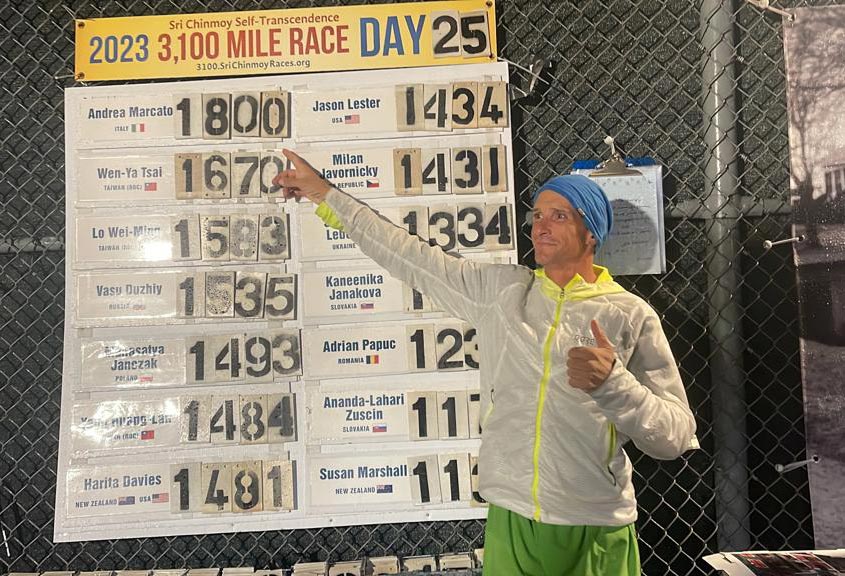
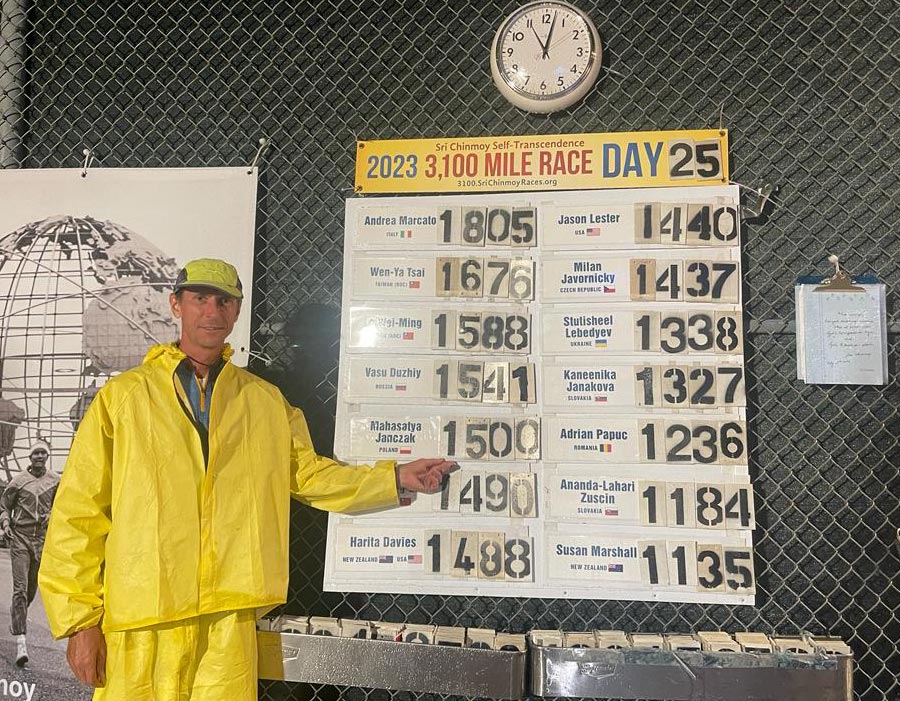
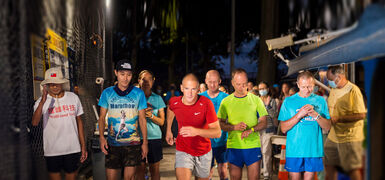 More about:
More about:
